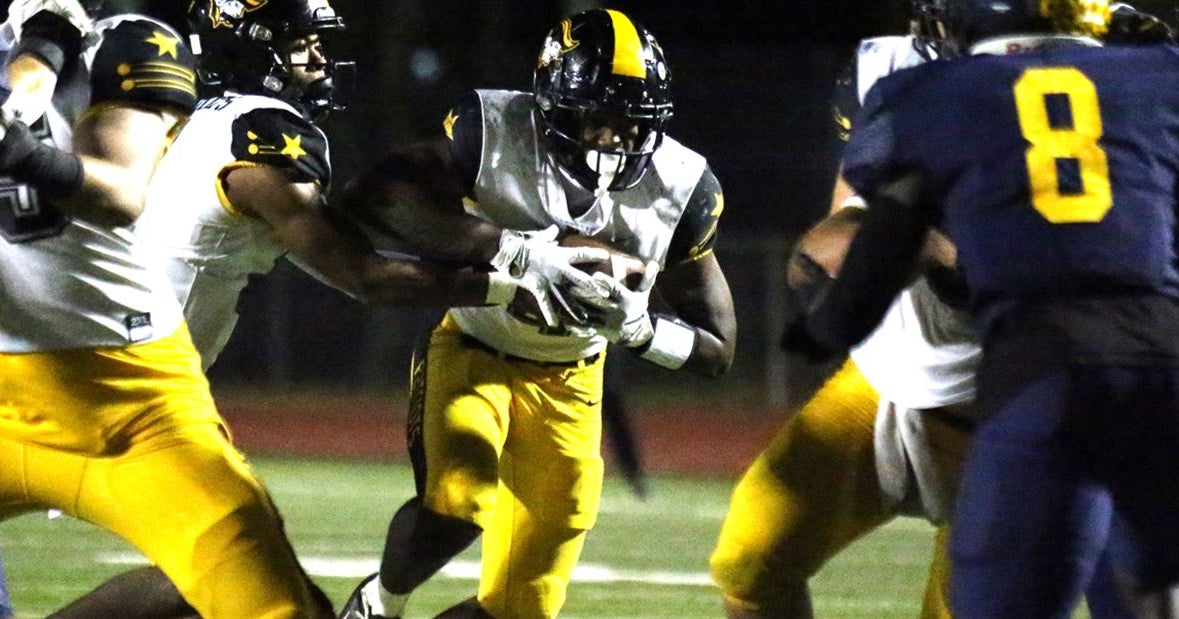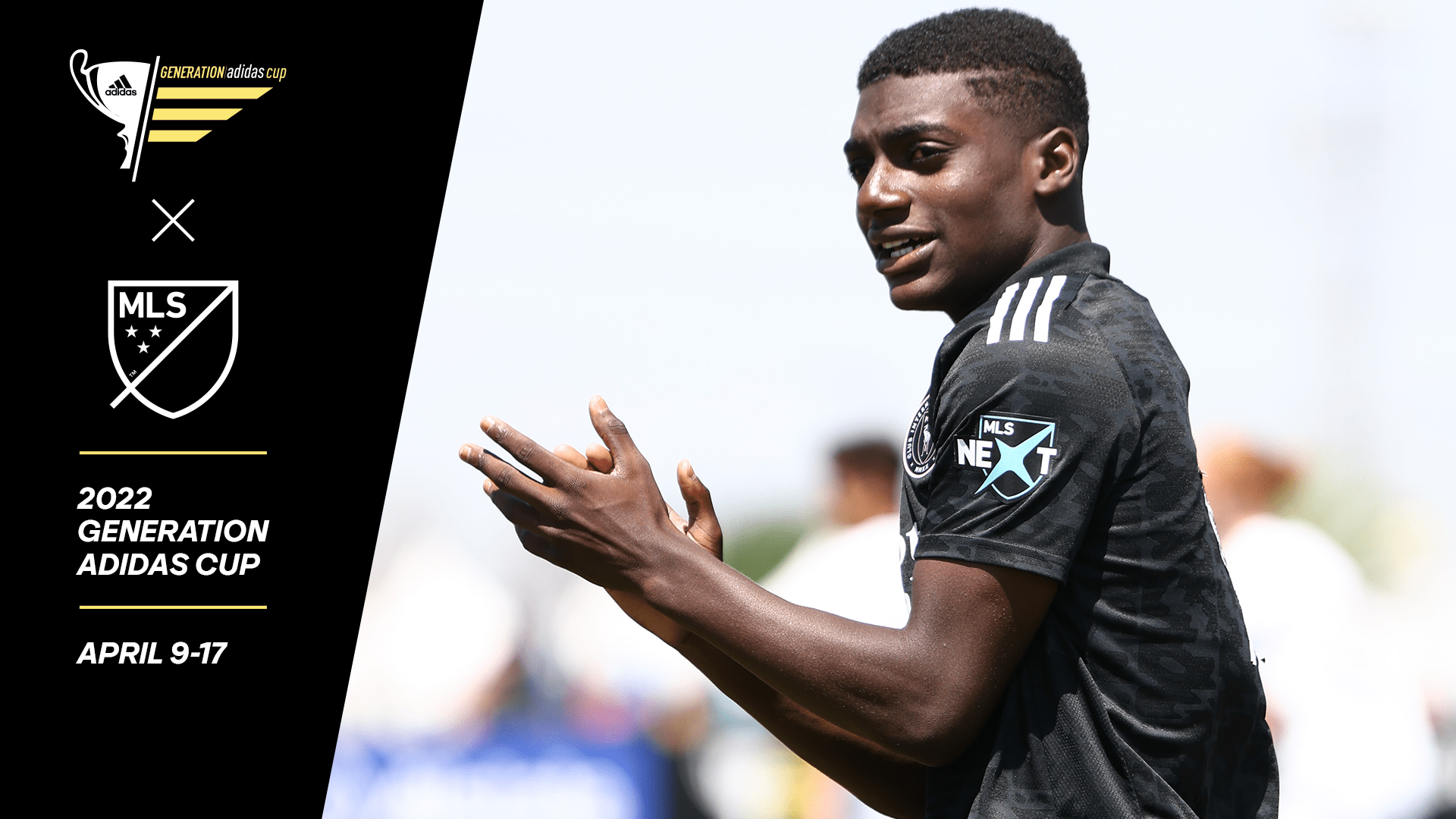Miami doesn’t have to leave SoFla to land its ideal backfield for the 2023 cycle

It took some patience, but the Miami Hurricanes football program finished the 2023 recruiting cycle with their ideal backfield.
South Florida thunder and lightning.
Last week, Miami earned the commitment of arguably the fastest running back prospect in the country Ft. Lauderdale Dillard four-star running back Christopher Johnson.
About a week later, UM paired Johnson with one of the toughest, tackle breaking running backs in the country with American Heritage four-star running back Mark Fletcher giving his pledge
Fletcher (6-1, 225) is a tackling breaking, between the tackles running back that brings physicality to the field. As a senior, Fletcher ran for 1,934 yards and 23 touchdowns while catching 13 passes for 157 yards and one touchdown.
For his high school career, Fletcher ran for 4,443 yards and 49 touchdowns. As a receiver, he totaled 629 yards and four touchdowns.
Johnson (5-11, 180) is undeniably one of the fastest football players in the country for this 2023 cycle. As a junior, Johnson clocked a 10.45 in the 100 meters and a 20.78 200 meter time. He totaled over 1,500 yards from scrimmage and 21 touchdowns as a senior.
The skill-sets of Fletcher and Johnson will help address issues in the backfield that limited Miami’s success on offense in 2022.
UM wasn’t particularly explosive on the ground or tough between the tackles this past season.
Miami ranked No. 109 nationally in runs of at least 20 yards in 2022 with only nine on the season. Amongst ACC programs, only Virginia Tech (7), Virginia (6), and NC State (5) ranked lower in runs of at least 20 yards on the season.
Johnson’s speed will help address this issue in the future.
A run game also has to be able to also run tough between the tackles and maintain contact balance. Miami’s backs struggled to run tough and didn’t have the body types to consistently pick up yards after contact.
Henry Parrish and Jaylan Knighton were Miami’s top two running backs in 2022 and they each weigh in the 190 pound range. Parrish averaged 2.63 yards per carry after contact. Knighton averaged 2.88 yards per carry after contact. Generally speaking, good backs average at least 3.5 yards per carry after contact.
Here is a look at how the ACC teams ranked in the yards per carry after contact metric in 2022:
– Syracuse: 3.80 yards per carry after contact.
– North Carolina: 3.73 yards per carry after contact.
– Duke: 3.65 yards per carry after contact.
– Georgia Tech: 3.59 yards per carry after contact.
– FSU: 3.54 yards per carry after contact.
– Virginia: 3.53 yards per carry after contact.
– Clemson: 3.36 yards per carry after contact.
– Louisville: 3.08 yards per carry after contact.
– Wake Forest: 3.02 yards per carry after contact.
– Miami: 2.96 yards per carry after contact.
– Boston College: 2.79 yards per carry after contact.
– NC State: 2.73 yards per carry after contact.
– Pittsburgh: 2.70 yards per carry after contact.
– Virginia Tech: 2.62 yards per carry after contact.
Amongst ACC teams, the Hurricanes ranked tenth out of 14 in this metric.
Miami scored only 12 rushing touchdowns in the red-zone in 2022, which ranked 94th overall nationally.
At 225 pounds, Fletcher will be a bigger bodied back that embraces running behind his pads and using his size to his advantage. In time, he will improve Miami’s ability to pick up yards after contact.
Another factor to not overlook: generally speaking, the best backs that come out of South Florida go on to have productive careers at the college level. At the running back position, it is wise to bet on South Florida.
Miami had to wait until the end of the recruiting cycle to land their top two backs on the board, but their persistence and patience paid off with one of the best thunder and lightning combinations in the 2023 cycle.


